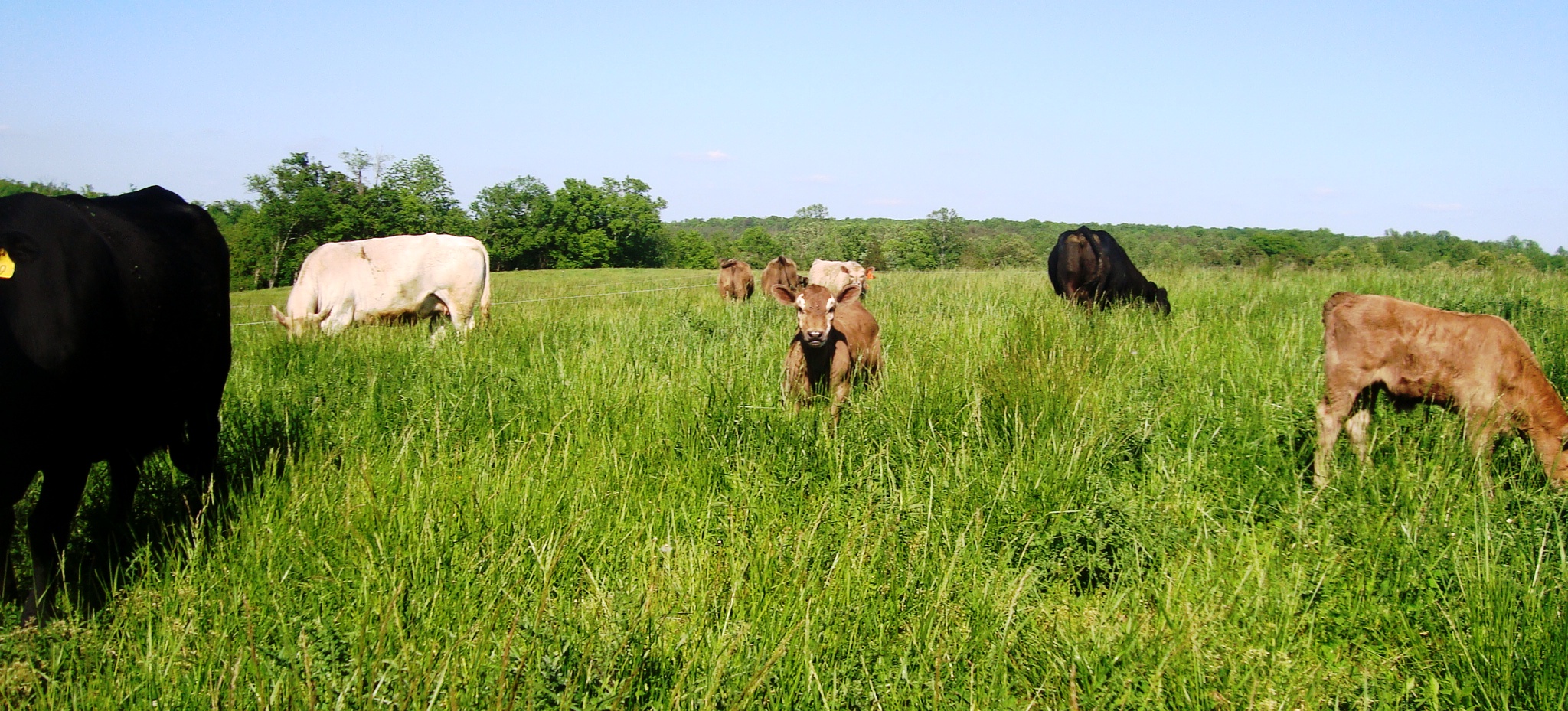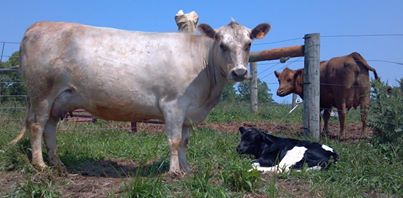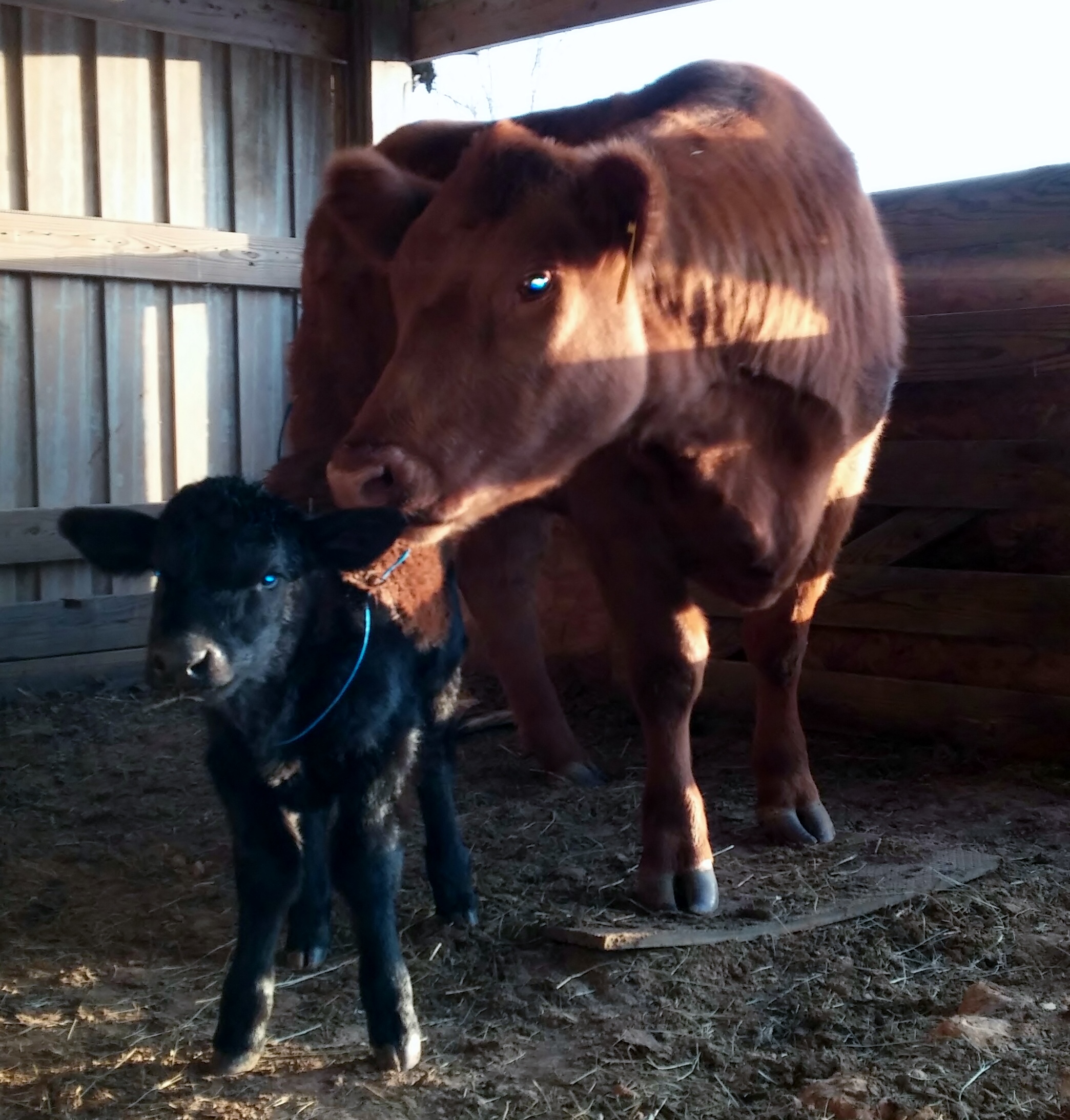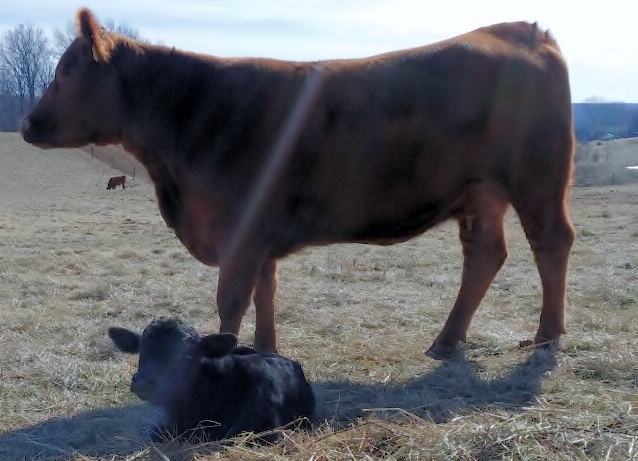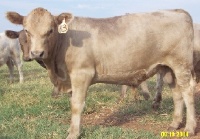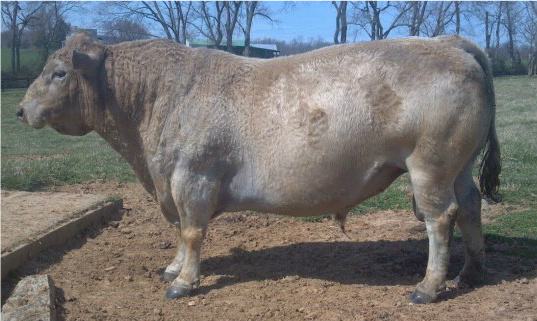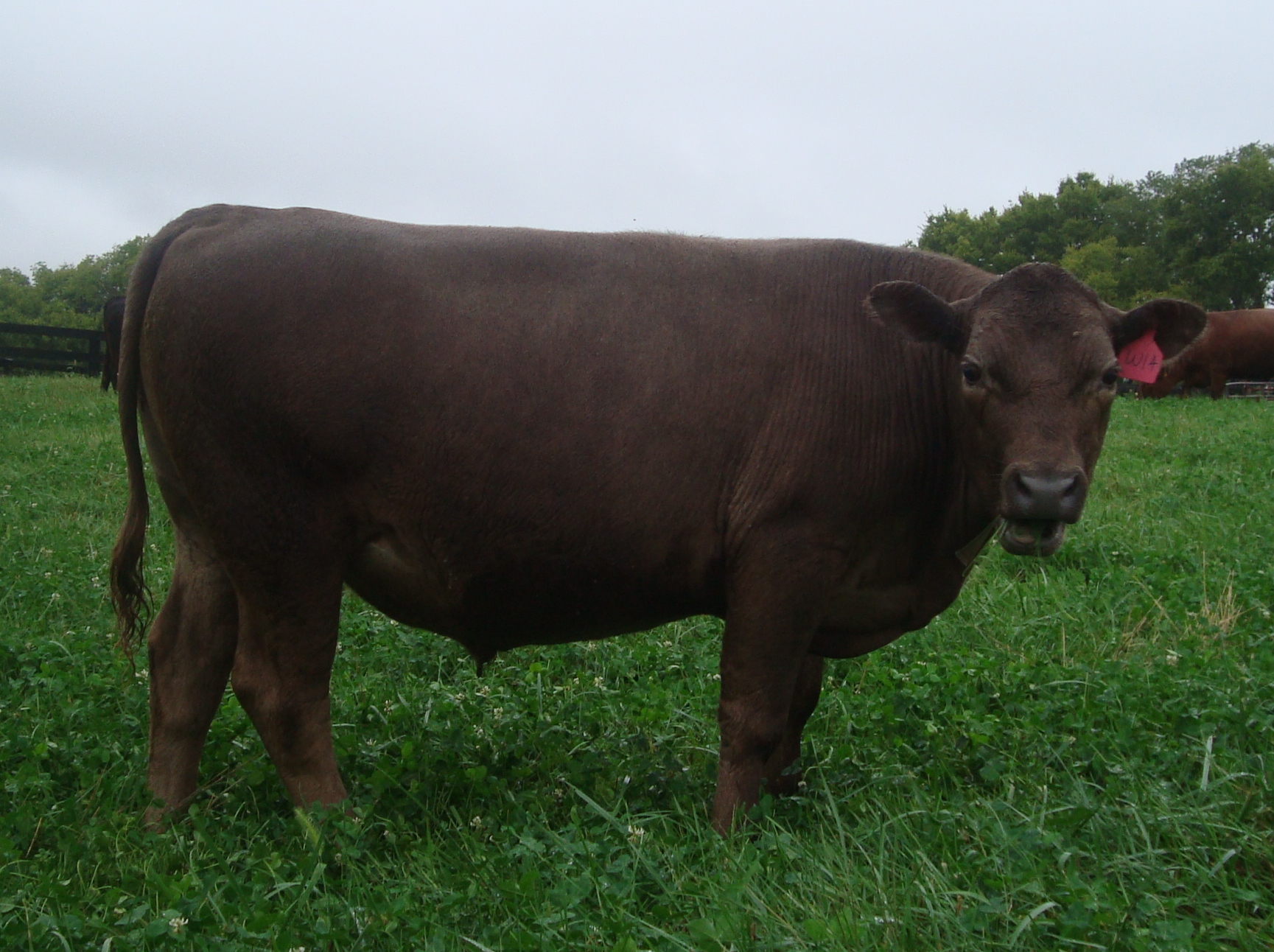Doing the freezer inventory consists of two parts – 1) figuring out what’s in the freezers and 2) letting people know the results of part one. I’m pretty good with the first, but as some of you have figured out, I’m not as good as I should be with the second. But after quite a delay, here’s what’s in the freezer.
The prices listed are our 2013 prices. There’s a chance (okay, likelihood) that our prices will increase for 2014. They’re listed as price per pound, number of pounds in stock and the typical packaged weight. For instance, the Filets Mignon are $21.00 per pound, but since they’re in .3 pound packages, they’re about $6.30 each.
Ground Beef – $5.50 lb. – 50 lb. – Our 1 lb packs make meal planning simple.
Ground Beef Patties – $6.25 pkg. – 7 pkgs. – Each 1 lb. package contains 4 ground beef patties. These are great if your cooking for one or two people, because you can thaw the packeges just slightly, pop off the number of patties you need, and then put th remaining patties back in the freezer.
Premium Steaks
Filet Mignon – $21.00/lb – 22 ea. – Most are about .3 lb.- This cut often intimidates people, but it’s the quickest cut to cook and the hardest to mess up – really.
Delmonico or Rib Eye Steak – $18.00/lb. – 7 ea. – Typically about .6 lb. each – No matter which name you prefer, lots of people will tell you this is their favorite cut. It combines tenderness and great flavor, along with a healthy portion size. Of course you can always split it. Or maybe not.
Porterhouse – $16.00/lb. – 3 ea. – About 1 lb. ea. – The eighties called. Your dinner is ready. Seriously, this is the New York Strip and the Filet in one cut, popular way back when, in the days when a steak was supposed to cover the entire plate. These steaks are as delicious as they are enormous! And yes, they really are 16 oz. each.
Rib steak – $16.00/lb. – 16 ea. – Most are about .8 lb. ea. – When these are connected, they’re called a standing rib roast. Packaged like these are, they’re called rib steaks. It’s the rib eye with the bone in.
These two are our favorites for Fajitas and Steak Salads, and if I’m trying out a new recipe. It’s a steak in that it’s a relatively thin cut of meat, but don’t think this is something for just slapping on the grill – you’ll be disappointed. These steaks rewards the patient cook, who is willing to marinate it for a few hours.
Sirloin Strip Steak – $10.00/lb. – 25 in stock – average about 1 lb. each
Sirloin Steak – $10.00/lb. – 10 in stock, about 2 lb. ea. – This is the same as the Sirloin Strip Steak, except these have a bone.
Eye Round Roast – $6.50/lb. – 2 ea. – about 4.5 lb. a piece – Compared to other roasts, it’s more symmetrical and attractive. Almost too pretty for the slow cooker, it’s a great Sunday dinner roast.
The following two cuts cook up like a flank steak. Put them in marinate in the morning, they’ll be ready to go on the grill (or in the frying pan) when you get home in the evening. They’re a hard-working cut, but their bold flavor comes out with soy or Worcestershire sauce.
Hanging tender – $10.00/lb. – 4 ea. – about 1 lb. ea.
Skirt Steak – $10.00 /lb.- 3 ea. – about .75 lb. ea.
In a class by itself, we have:
Brisket – $10.00/lb.- I’m forever trying to resolve both my Irish and my German ancestry with this one cut (lucky I’m not from Texas!) But smoked, corned or (gasp!) cooked in a slow cooker, this is one rewarding cut of beef. To further confuse matters, we have small, medium and large ones available – 5 ea. at 5.5 lb ea., one that’s about 3 lb. and 6 that are roughly 1 lb. ea.
Bones, shanks – $3.00 – If you’re serious about beef stock, we’ve got you covered. Most recipes call for meaty bones and bony bones and we have plenty of both.
Liver – $3.00/lb. – 50 ea. – in 1 lb. pkg. – It seems like every household has at least one liver fan. Here’s your chance to make them happy without alienating the rest of the household. .
Fat – $3.00/lb. – If you’re grinding venison, or trying to avoid hydrogenated fats, we can help you out.
